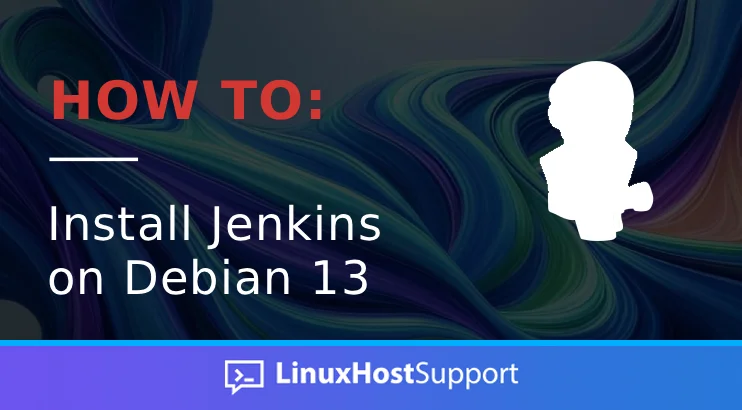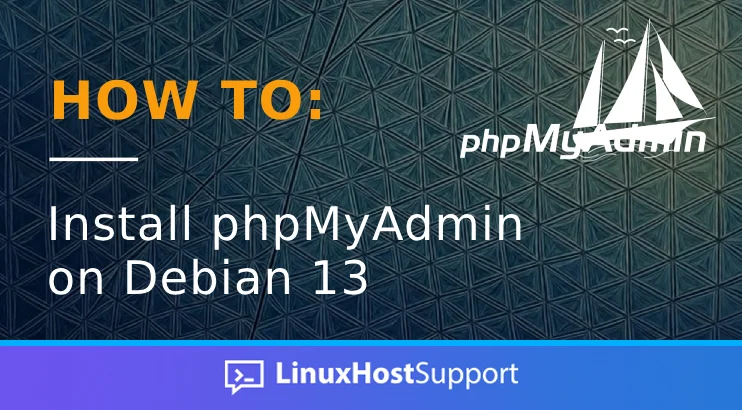GitLab is one of the most popular self-hosted DevOps tools available today. It provides a web-based Git repository manager with CI/CD, issue tracking, code review, and more – all in one application. In this guide, we’ll walk you through how to install GitLab on AlmaLinux 10, a stable and secure RHEL-based Linux distribution ideal for hosting applications like GitLab. In this guide, we’ll show you how to install GitLab on AlmaLinux 10.
(more…)
How to Install Git on AlmaLinux 10
Git is a popular version control system used in modern software development. It allows multiple developers to contribute to the same project simultaneously while tracking changes and revisions. This helps manage large projects efficiently. Git repositories are hosted on sites like GitHub and Bitbucket. Using git, you can monitor the history of all the changes that have been made to a project and the files that are associated with it. Git maintains all of this information in a central repository. A repository serves as a central storage location that contains all the files related to a project, along with the revision histories of those files. In this article, we will show you how to install Git on AlmaLinux 10.
(more…)
How to install Jenkins on Debian 13
In this blog post, we will show you how to install Jenkins on Debian 13 OS. Jenkins is a free and open-source automation server for automating tasks in the cycle of software development, especially in the CI/CD (Continuous Integration and Continuous Delivery). Jenkins offers a variety of features and functionalities, such as a huge plugin ecosystem, CI/CD, a user-friendly web interface, and the ability to define the entire CI/CD process as code in only one file called Jenkinsfile. In this post, we will install Jenkins as a stand-alone Java application running as a service.
Installing Jenkins on Debian 13 is a straightforward process that takes a couple of minutes. Let’s get started!
(more…)
How to enable SSH on Debian 13
This blog post will show you how to enable SSH on Debian 13. SSH or Secure Shell Access is a network protocol that enables secure remote access over an insecure network. SSH sets up a remote, encrypted connection between machines and also enables SSH tunneling. In the following paragraphs, we will explain in more detail how SSH works, how it can be installed, and how it can be configured properly.
Installing and enabling SSH access is a straightforward process that may take up to 10 minutes. Let’s get things done!
(more…)
How to install PHP 8.3 on AlmaLinux 10
In this blog post, we will explain how to install PHP 8.3 on AlmaLinux 10 OS. PHP is an open-source scripting language widely used designed mostly for web development. PHP is a versatile language that can be used for different tasks, such as creating dynamic web pages and applications, managing sessions, and interacting with databases. The PHP code is executed on the server, is typically embedded within the HTML, and PHP enables websites to display different content based on the user’s input. The most common usage of PHP is building CMS websites like WordPress, e-commerce platforms like Magento, and social networks like Facebook. The PHP language has a very large community of developers providing support at any time. In the following headings, we will explain different ways of installing PHP8.3.
Installing PHP8.3 on AlmaLinux 10 is a straightforward process that may take a couple of minutes or slightly longer, depending on the installation method. Let’ get started!
(more…)
HTTP 423 Error Locked: What is it and how to fix it?
In this blog post, we will explain what the HTTP 423 Locked Error is and how to resolve it. The HTTP 423 Error Locked indicates that the requested resource is locked and can not be accessed or modified. This usually occurs when the resource is already in use by another user or process. When this error appears, the client request can not be processed until it is unlocked. In the following paragraphs, we will provide a more detailed explanation of the HTTP 423 Error, its causes, and potential solutions to resolve it.
The steps for fixing this issue are straightforward, and for this tutorial, you will need around 15 minutes to read and understand them. Let’s get started!
(more…)
410 Error: What It Is and How to Fix It
When browsing the internet or managing a website, you send requests that return HTTP status codes. These codes sometimes belong to the 4xx class, which stands for client error responses. Some, like the 404 error – “Not Found”– are widely recognized. Others, like the 410 Gone error, are more specific and sometimes misunderstood. In this article, we’ll explain what a 410 error is, when it’s used, and how to fix it.
(more…)
How to Enable SSH on AlmaLinux 10
SSH, or Secure Shell, is a network protocol that enables secure remote access to servers (and other devices, but we will focus on servers) over an insecure network. SSH can be enabled on various Linux OS distributions; however, this blog post will focus on helping it on AlmaLinux 10 OS. However, the procedure is similar to that on any other Linux OS. SSH is an essential tool for system administrators, DevOps engineers, sysadmins, developers, and regular Linux users who need to remotely manage their servers. This post will cover how to install SSH on AlmaLinux 10, including configuration of basic rules, enabling SSH through the Firewall, and testing SSH connections. Understanding how to install and enable SSH on AlmaLinux 10 is a straightforward process that typically takes between 5 and 10 minutes to complete. Let’s get things working!
(more…)
How to Install ownCloud on AlmaLinux 10
OwnCloud is a software used to create a file hosting service. It is a free alternative to Dropbox, Google Drive, and other similar services. OwnCloud can be used to create your file server and configured according to your needs. It offers a range of features, including file sync, team collaboration, calendar, contacts, and more. With ownCloud, we can have complete control over our data, without relying on third-party service providers. OwnCloud is one of the largest open-source projects globally. Additionally, this application has been trusted by thousands of companies and organizations worldwide. In this article, we will show you how to install ownCloud on AlmaLinux 10.
(more…)
How to install phpMyAdmin on Debian 13
This blog post explains how to install phpMyAdmin on the Debian 13 operating system. phpMyAdmin is an open-source, web-based tool used for administering MySQL and MariaDB database systems. phpMyAdmin is written in PHP and offers a great GUI that simplifies the processes for creating, modifying, and deleting databases and tables easily. The application works in the browser, and when accessed, it connects to the database server. To function correctly, phpMyAdmin requires the LAMP stack, so we must install it first before we set up phpMyAdmin.
Installing phpMyAdmin with the LAMP stack is a straightforward process that may take up to 15 minutes. Let’s get started!
(more…)